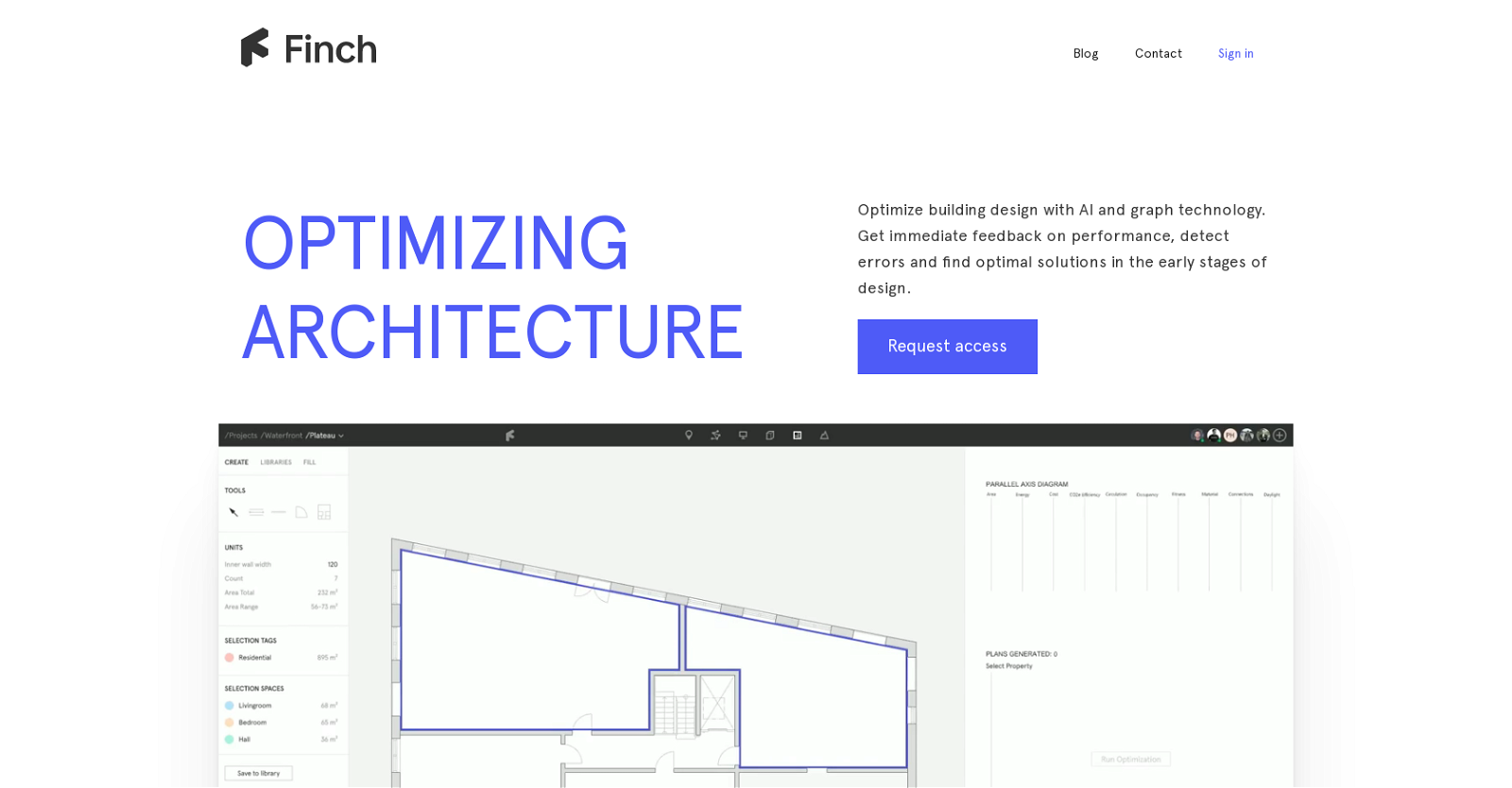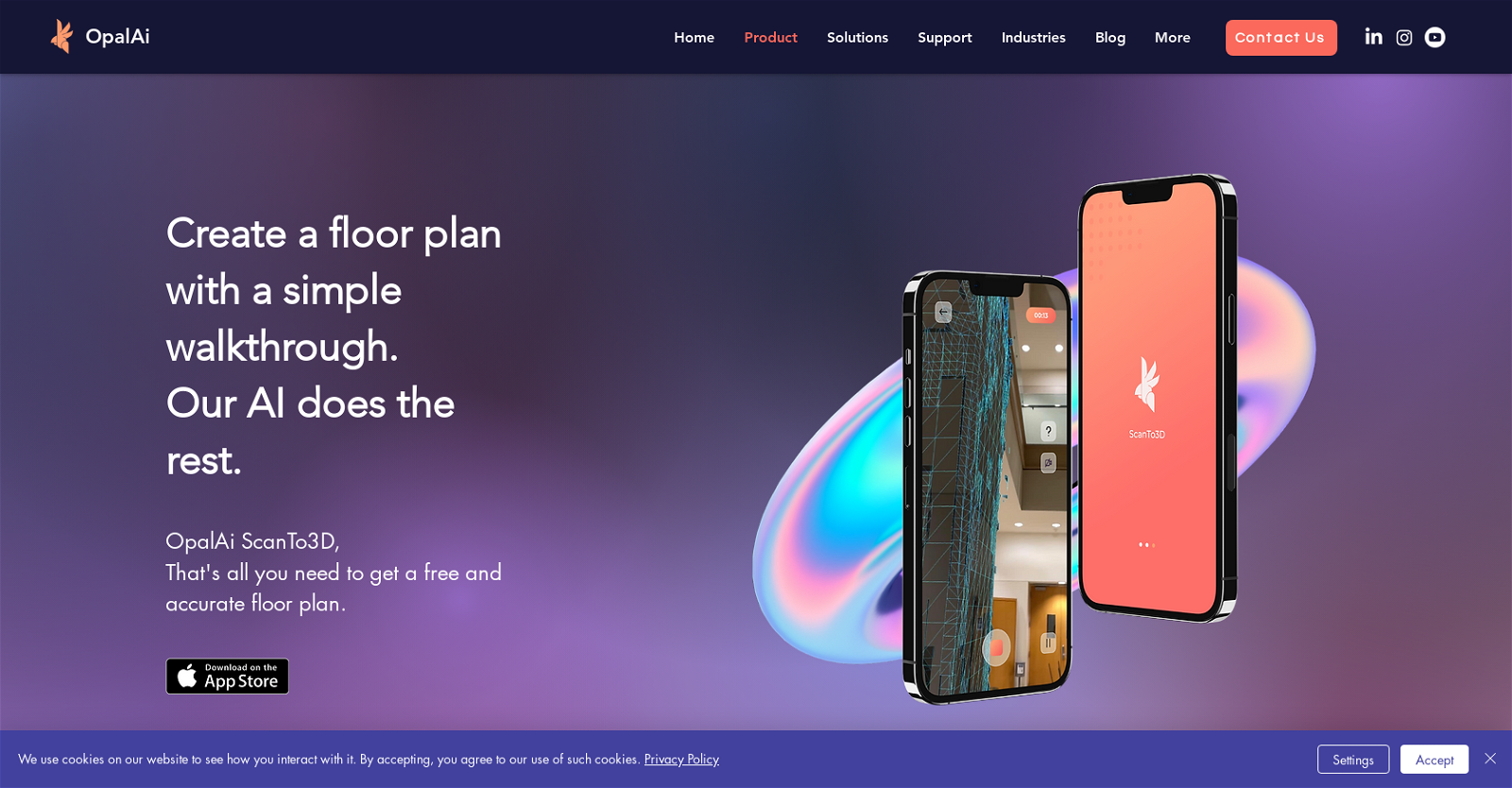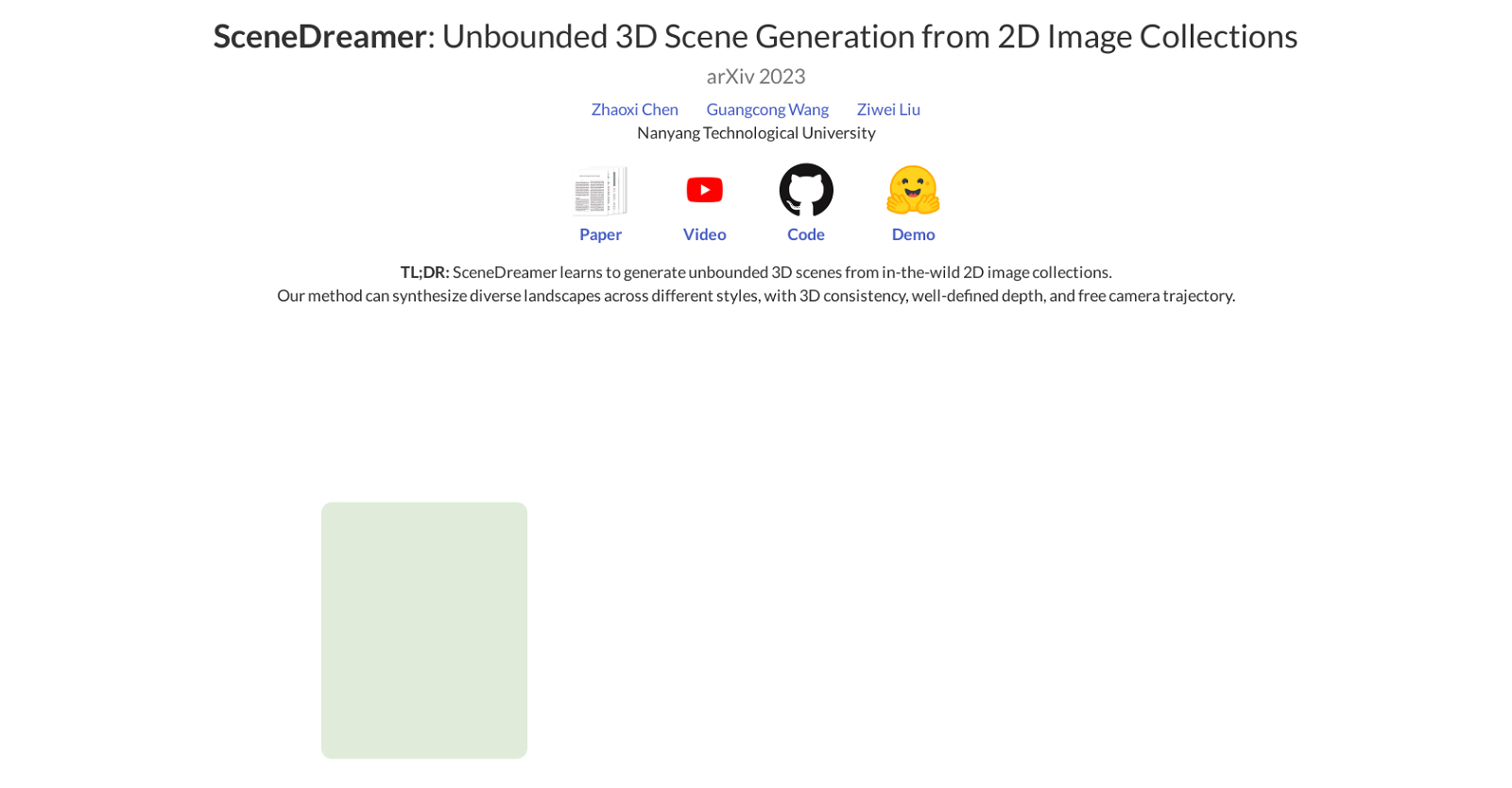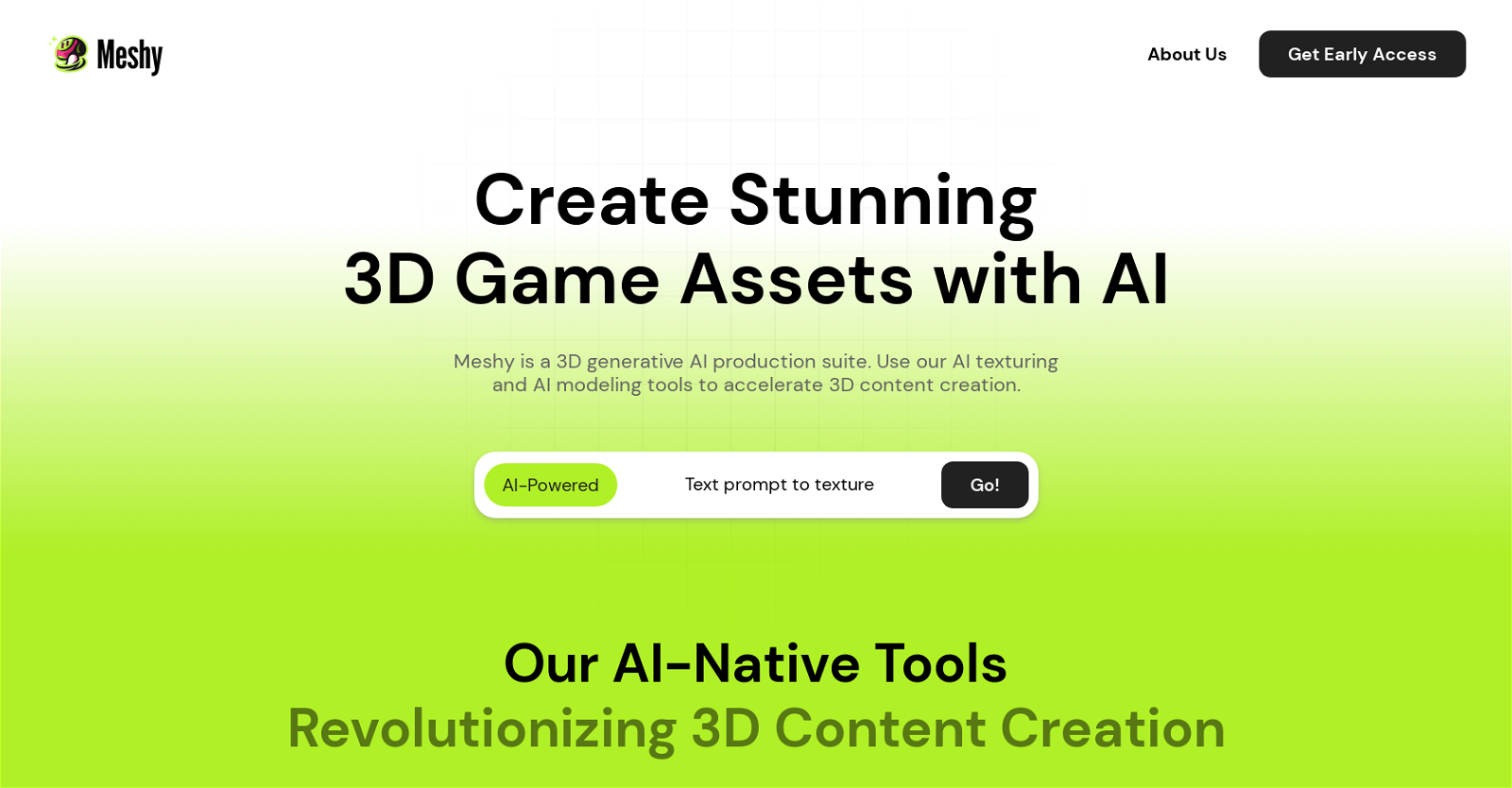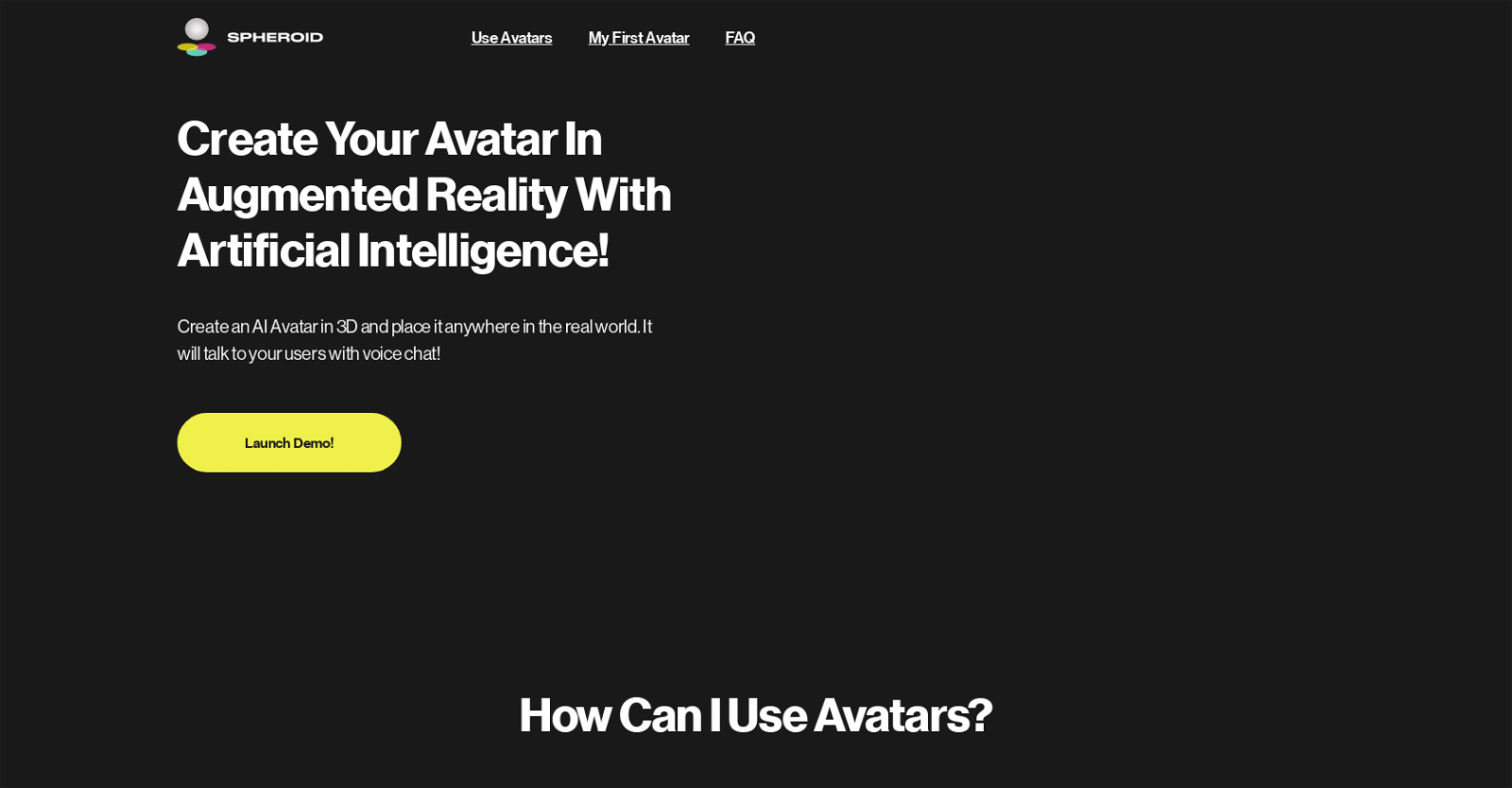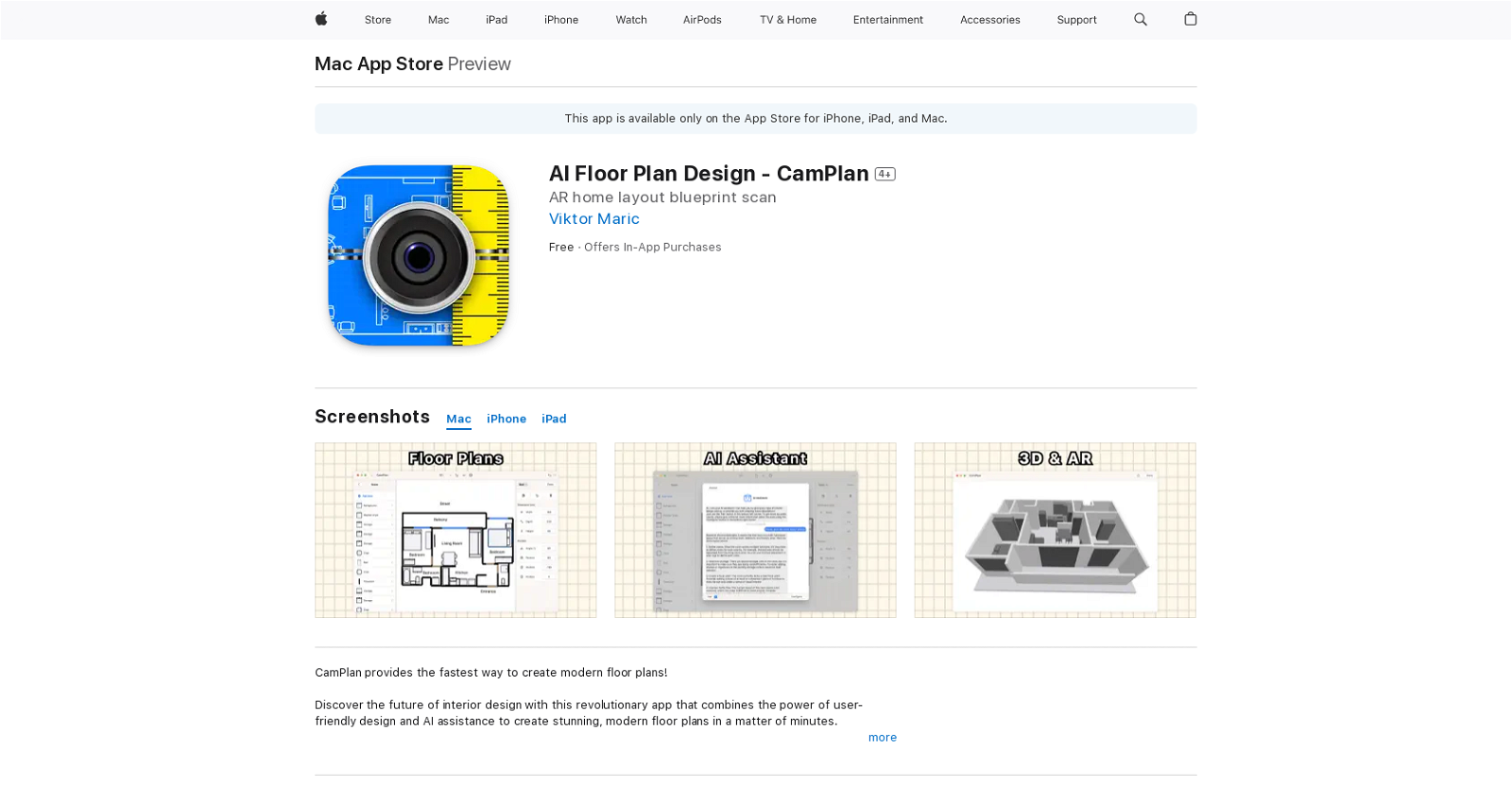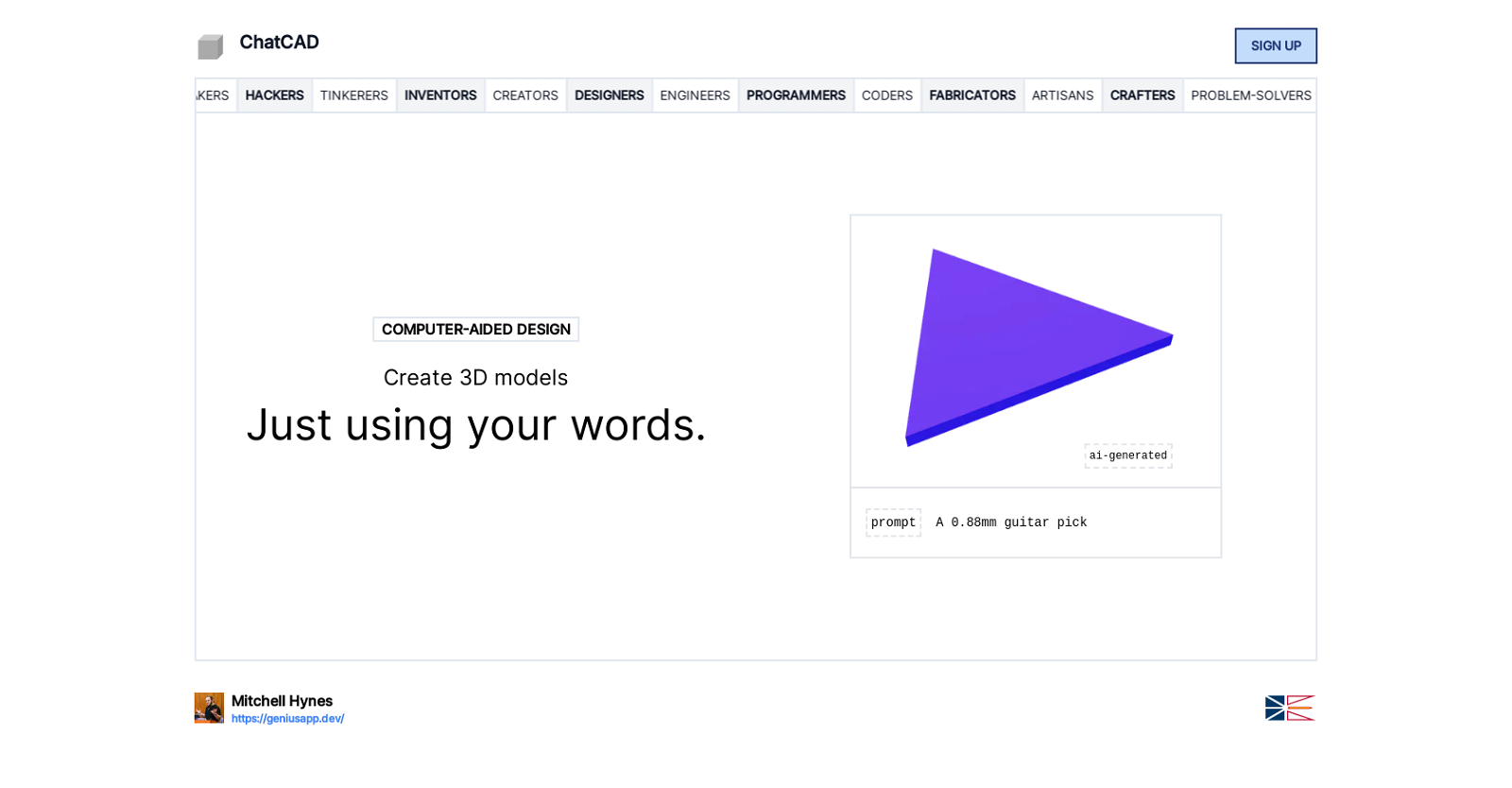Finch 3D
Finch 3D is an AI tool focused on building design optimization, powered by graph technology. It provides immediate feedback on building performance, helps to detect errors, and offers optimal solutions at the early stages of design. The tool allows users to iterate faster and explore multiple mass and program variants effortlessly.
Finch can automatically fill in stories with plans, making it easier to compare different alternatives in seconds. With Finch, architects don’t have to spend time on Excel roundtrips to calculate key figures as the tool provides instant feedback on unit and area distribution, carbon footprint, daylight simulation, and other crucial features. The tool also enables architects to break the right rules, thanks to an error prevention feature that ensures the designs are compliant with the rules of the firm, customer, and municipality.
Finch has a built-in feature that allows users to share fully interactive 3D models with anyone via browser, making it easy to get immediate feedback on massing, plans, and objects in the design. Additionally, Finch’s designs can be saved to an organization library, where they can be infinitely reusable. The tool is designed to be simple, beautiful, and functional, with AI to assist and inspire architects, making it invaluable for architectural design.
Finch also supports bidirectional streaming of 3D data, enabling users to design the building mass in other software such as Revit, Rhino, and Grasshopper, while direct data feedback and changes are made in Finch. Finch has over 12,000 individuals on their waiting list; interested users can sign up for early access.

